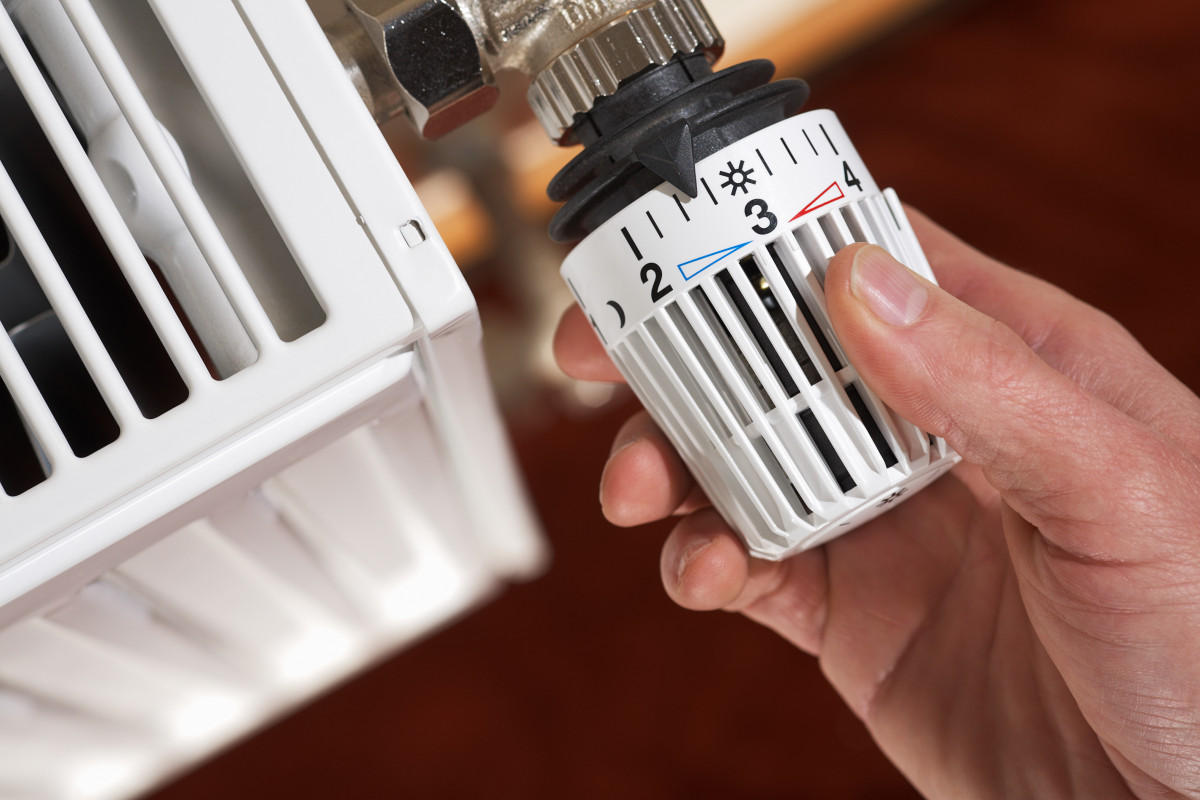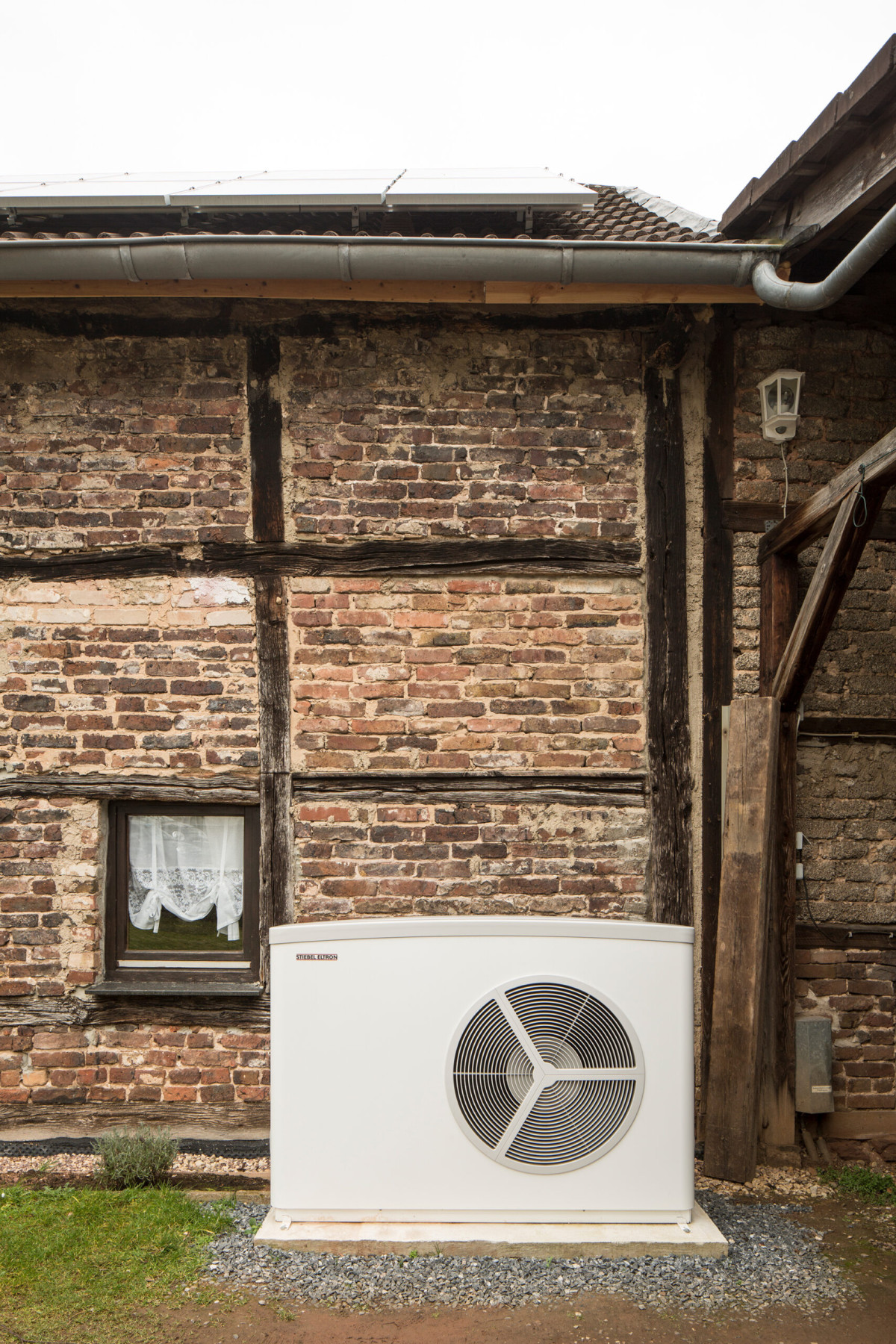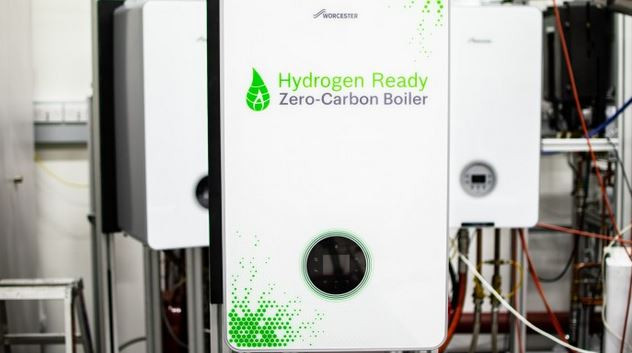What are the best technologies to heat homes cleanly?
***Please note: This factsheet complements the article Europe struggles to heat homes without cooking the planet***
The building sector is one of the most polluting parts of the economy. In 2019, buildings across the world were responsible for one-fifth of the greenhouse gasses baking the planet — most of which came from the electricity and heat used to power them. But while the electricity used to run them is quickly getting cleaner, the heat is not. In the EU, where households spend three-quarters of their energy on warming rooms and water, most heat is directly produced by burning fossil fuels — gas (39%), oil (15%) and coal (4%).
But the technologies to heat cleanly are already here. Scientists have developed strategies to cut demand for energy and, at the same time, supply buildings with heat in ways that release fewer greenhouse gas emissions. How do the different solutions compare?
Efficient design, sufficient living
The best way to heat a home cleanly is to not heat it in the first place — or at least not as much. The two ways of achieving this are called efficiency, where less energy is used to get the same result, and sufficiency, which tackles the root causes of energy demand.
A building will hold heat for longer if its walls are thicker and packed with insulation, and if the windows are double- or even triple-glazed. Similarly, installing smart thermostats and putting responsive shades on windows let a building react swiftly to changes in temperature. The result, in both cases, is that less heat needs to be generated.
"The better the energy performance of your building stock, the less you need to regulate the temperature," said Adeline Rochet, an expert in decarbonizing buildings at the climate think tank E3G. "This is something that is a no-brainer."
But in its latest review of the scientific research, the Intergovernmental Panel on Climate Change (IPCC) found historical gains in efficiency have so far been offset by increases in living space. As technologies to keep buildings warm have gotten better, the size of homes has also grown.
The IPCC pointed to extra measures that cut the drivers of energy demand. Building multi-family homes instead of single-family ones, for instance, or living in smaller houses, would mean less space needs to be heated for comfort. "At a global level, up to 17 percent of the mitigation potential could be captured by 2050 through sufficiency interventions," the report found.
Some smaller changes require simple shifts in behaviour — and mindset. After Russia invaded Ukraine and sent gas prices soaring, the Nobel Prize-winning Italian physicist Giorgio Parisi divided chefs and scientists alike by showing his Facebook followers they can turn the stove off when cooking pasta by putting a lid on the pan shortly after the water boils. Less controversial measures include wearing an extra jumper or slippers indoors, instead of turning up the thermostat.
Experts broadly agree that the bulk of the remaining heating demand will be met by switching from fossil fuels to electricity, and connecting more buildings to district heating systems, which in turn would have to become cleaner. Most of the modelling that's been done suggests a minor role for other technologies, said Jan Rosenow, director of the clean energy think tank Regulatory Assistance Project. "I would say on the supply side it's heat pumps, district heating and solar thermal in that order — and then everything else."
Heat pumps
Reducing demand for heat is not enough. The most promising way to climate-friendly and warm homes, experts say, is to use heat pumps.
Heat pumps are devices that take heat from outside and bring it in. They look and work like air-conditioners. Some draw heat from the ground, while others take it directly from the air. This ambient warmth is transferred to a refrigerant, a chemical like the ones used in fridges, which then heats water or air that is piped around a building. Because the device does not create heat itself — unlike a gas boiler or an electric resistance heater — it is far more efficient. The energy it spits out in the form of heat is many times greater than that of the electricity used to run it.
Heat pumps are well-suited for single-family homes. But in apartments, particularly small ones, they are trickier to install.
"It's more challenging in apartment buildings but there are many solutions," said Jozefien Vanbecelaere, head of EU affairs at the lobby group European Heat Pump Association (EHPA). The bigger problem, she said, was that some countries have building codes that govern the distance of a heat pump to neighbouring properties, or rules that require all apartments in a building to agree to renovation work. "It's more these types of barriers, I would say, than the actual technical barriers."
Still, the biggest problem is the upfront cost. Installing a heat pump in an existing building costs several thousands — or even tens of thousands — of euros. While the devices themselves can be churned out cheaply on production lines, the cost of ripping out a boiler and replacing it with a heat pump is high. This is because it relies on specialist labour and bespoke solutions for each individual building. Because of their high energy efficiency, the cost of running a heat pump, however, is generally much lower than a fossil fuel boiler — even before factoring in the costs to the environment and human health.
District heating
For buildings where space is limited, particularly dense cities, district heating can be an effective solution to heat homes. These networks distribute heat for buildings and industry from a central source instead of heating on-site. Rather than ripping out boilers in lots of individual homes and replacing them with heat pumps at great cost, a city could just connect the buildings to a district heating network.
Today, most district heating networks burn fossil fuels — sometimes in a power plant that also makes electricity. But by using cleaner sources of heat, district heating can be a low-carbon way of heating homes. Volcanic Iceland heats the homes in its district heating network nearly entirely with hot water piped from deep underground. Globally, the largest renewable source of heat in the networks comes from burning biomass.
Another option is to use unwanted heat generated from industrial processes or waste incineration. Denmark, one of the countries with the most established district heating network, built its first combined heat and power plant in 1903. It burned rubbish to generate electricity and heat a local hospital. After the oil crisis in 1973, the country invested heavily in the network, and nearly two-thirds of homes are connected today. The capital Copenhagen's goal of climate neutrality by 2025 — which now looks likely to be missed — hinges on fitting a big waste incinerator with technology to capture the carbon dioxide from burning waste. Such a model could be crucial in helping other cities deal with their waste and heating needs, though at a local level it makes air dirtier.
Solar thermal systems
Another option is to heat buildings with the sun through solar thermal technology. Unlike solar photovoltaic systems, where panels turn sunlight into electricity, solar thermal systems absorb sunlight to heat water, which is then pumped around a building.
In 2020, 250 million dwellings used solar thermal technologies for water heating, according to the International Energy Agency, a Paris-based organization led by the energy ministers of mostly rich countries. In its net zero emissions scenario, it expects 400 million to be needed by the end of the decade. Because some older systems will need to be retired, the agency expects 290 million new solar thermal systems will need to be installed this decade.
Solar thermal technologies can cheaply heat high fractions of water heating demand at low capital cost, even in cold climates, according to the IEA, and can be integrated into all types of heating systems. While some buildings can be heated entirely this way, solar thermal technologies require large water storage systems that make them less practical as the sole heat source.
It's a complementary heat source, said Rosenow. "It's not a standalone system unless you have those really big storage devices in place."
Biomass
The most popular renewable form of heating in Europe is also one of the least sustainable: burning biomass.
By heating homes directly with wood pellet boilers — or indirectly via biomass-fuelled district heating plants — buildings can be kept warm without using up finite resources in theory. Burning trees can be considered carbon-neutral if they are replanted, because the CO2 released during combustion will be sucked back in by photosynthesis.
But in practice, the carbon in the atmosphere heats the planet while it is up there, and it takes decades for a felled forest to grow back. What's more, the land on which the trees are grown cannot be used for anything else, and is in short supply.
In the EU, the biggest increases of renewables in heating have taken place in countries where biomass is a key source of heat. This figure is partly distorted because it is measured by the total amount of heat generated, rather than the useful share. That makes an efficient heat pump seem less desirable than an inefficient boiler, according to an analysis from the Regulatory Assistance Project, giving countries an incentive to chase renewable targets by burning biomass instead of electrifying.
An analysis in 2017 from the World Resources Institute, an environmental nonprofit, criticized the EU's weak sustainability criteria for biomass. "If the EU does not restrict biomass to genuinely CO2-friendly feedstocks, other countries will likely adopt similarly lax regulations that allow trees to be used as renewable energy sources—with significant negative consequences for forests and climate."
In the IEA's net zero scenario, burning biomass provides 10% of the heat used globally in 2030 and 20% in 2050.
Biomethane
Another way of using organic matter to heat homes is to turn it into gas.
When bacteria digest plant matter without air — for instance, on a landfill site — they release methane. The gas is the main component in fossil gas, also known as natural gas, and has a powerful effect on the climate. Methane heats the planet 80 times more than CO2 over a 20-year-period, though it does not last as long in the atmosphere.
By purifying the methane produced this way — stripping out the CO2 and other contaminants — scientists can produce biomethane, a fuel nearly indistinguishable from natural gas. The feedstocks are usually unwanted byproducts of other key processes: crop residues, animal manure, the organic part of household waste, and wastewater sludge. In some countries like Germany, though, crops are grown specifically for energy — raising concerns the land could be put to better use.
But to heat homes, experts say, the amount of biomethane available from sustainable sources is unlikely to add up to much. The gas industry is keen to use what is available as a cleaner fuel to heat homes without dismantling boilers and pipes inside homes. But environmental groups fear that doing so will delay the switch to clean infrastructure.
Hydrogen
An even more controversial gas is hydrogen, which can replace dirty fuels in several polluting industries, from steelmaking to shipping, because it burns cleanly and can be made without spewing greenhouse gasses. This happens through a process called electrolysis, where electricity from renewable sources is used to split water molecules into hydrogen and oxygen atoms. Using this so-called green hydrogen does not release CO2.
But almost all hydrogen made today is known as grey hydrogen — made from fossil gas and steam in a process that emits CO2. There is also blue hydrogen, made from the same process but with energy-intensive steps to capture the carbon released. So far, the gas industry is so leaky and carbon capture technology so underdeveloped that burning blue hydrogen can be more polluting than burning fossil gas directly.
Burning green hydrogen to heat buildings would be a way of decarbonizing the building sector. But green hydrogen is in short supply and experts are sceptical enough will be made to satisfy the industries that need it more, like steelmaking. They fear that betting on green hydrogen to heat buildings will lead to more polluting forms of hydrogen being used as a fuel — or instead only small amounts of green hydrogen being blended with fossil gas. This is why environmentalists and consumer groups have warned that "hydrogen-ready" boilers are a "sham" solution.
There are also inherent inefficiencies in creating hydrogen from renewable energy to burn it. While green hydrogen makes sense in industries without a feasible alternative, like steelmaking, it would result in large amounts of wasted energy in the building sector.
It takes 4 to 5 times more clean energy to heat a home with green hydrogen than to run a heat pump, said Kevin Kircher, a mechanical engineer at Purdue University in the US who specializes in buildings. "Why don't we just build five times more [solar panels and wind turbines] and use them to make hydrogen for heating? Because the sort of scale that we have to build out is already enormous."
"We shouldn't make that task any harder than it already is."




